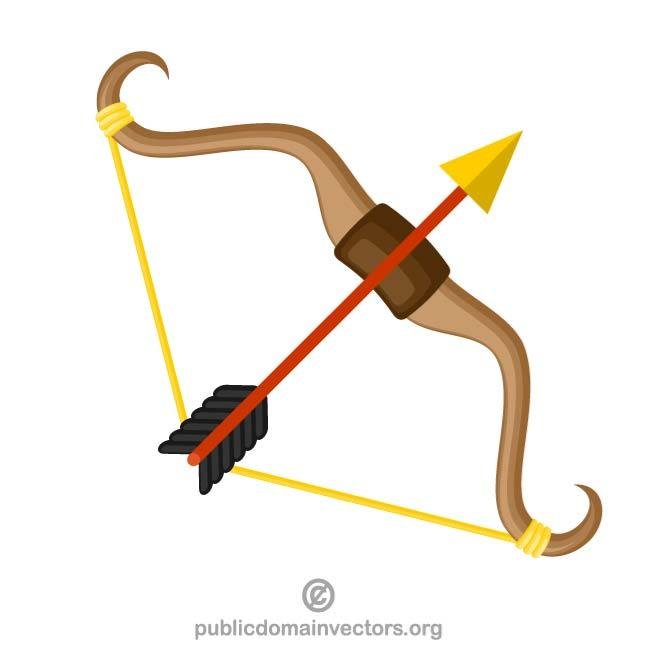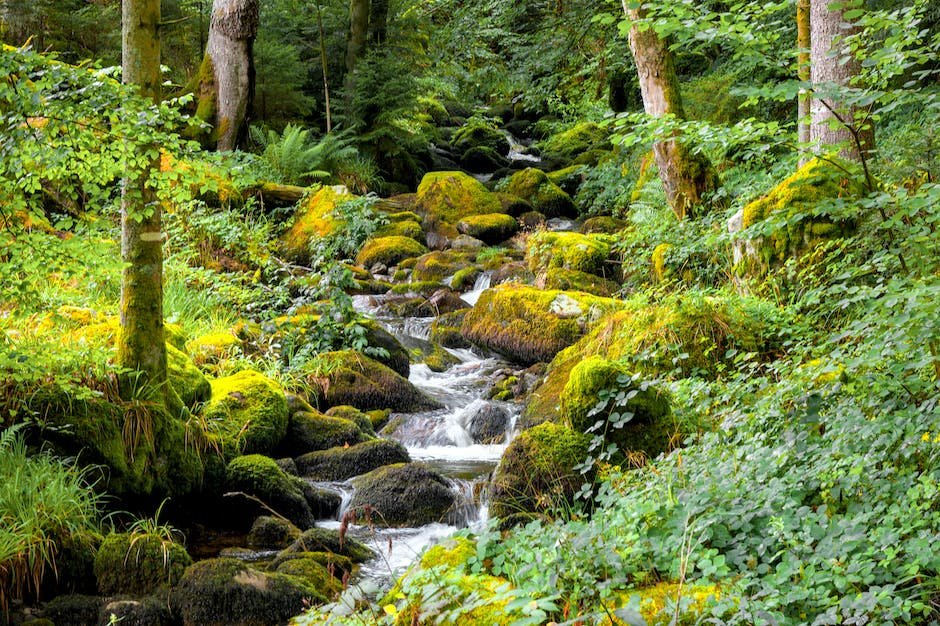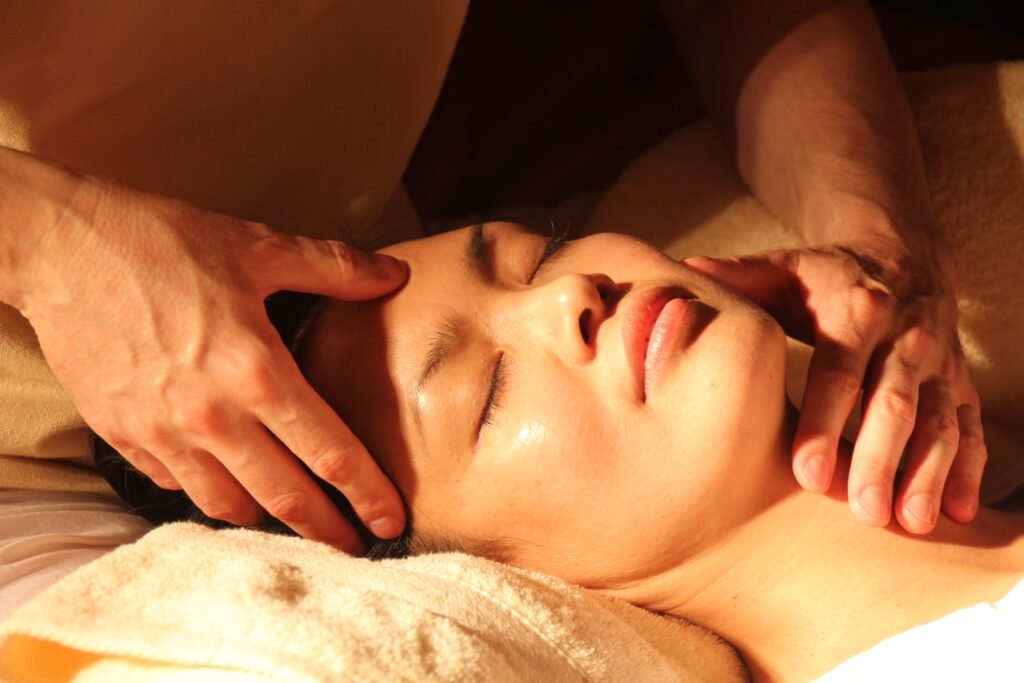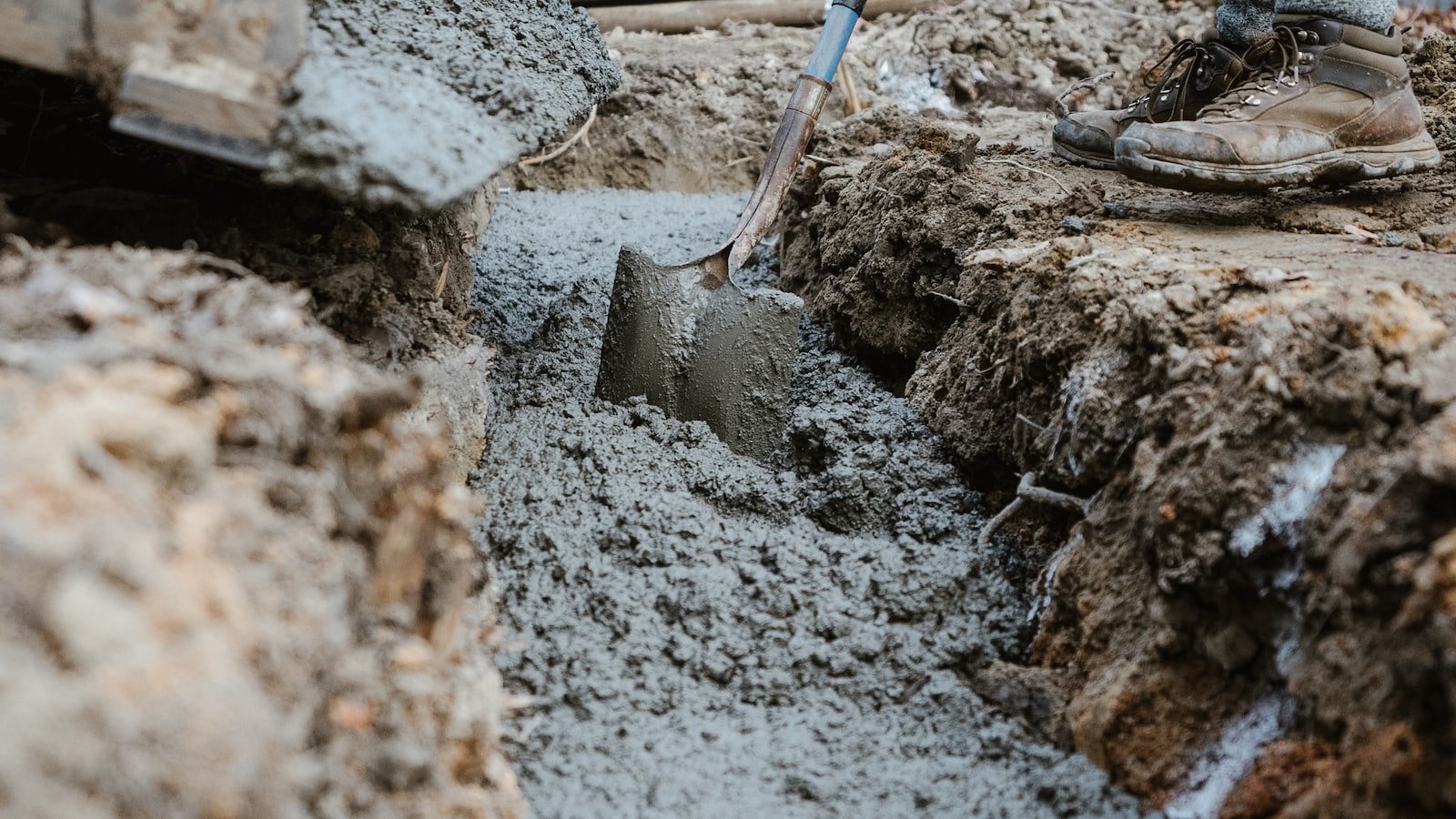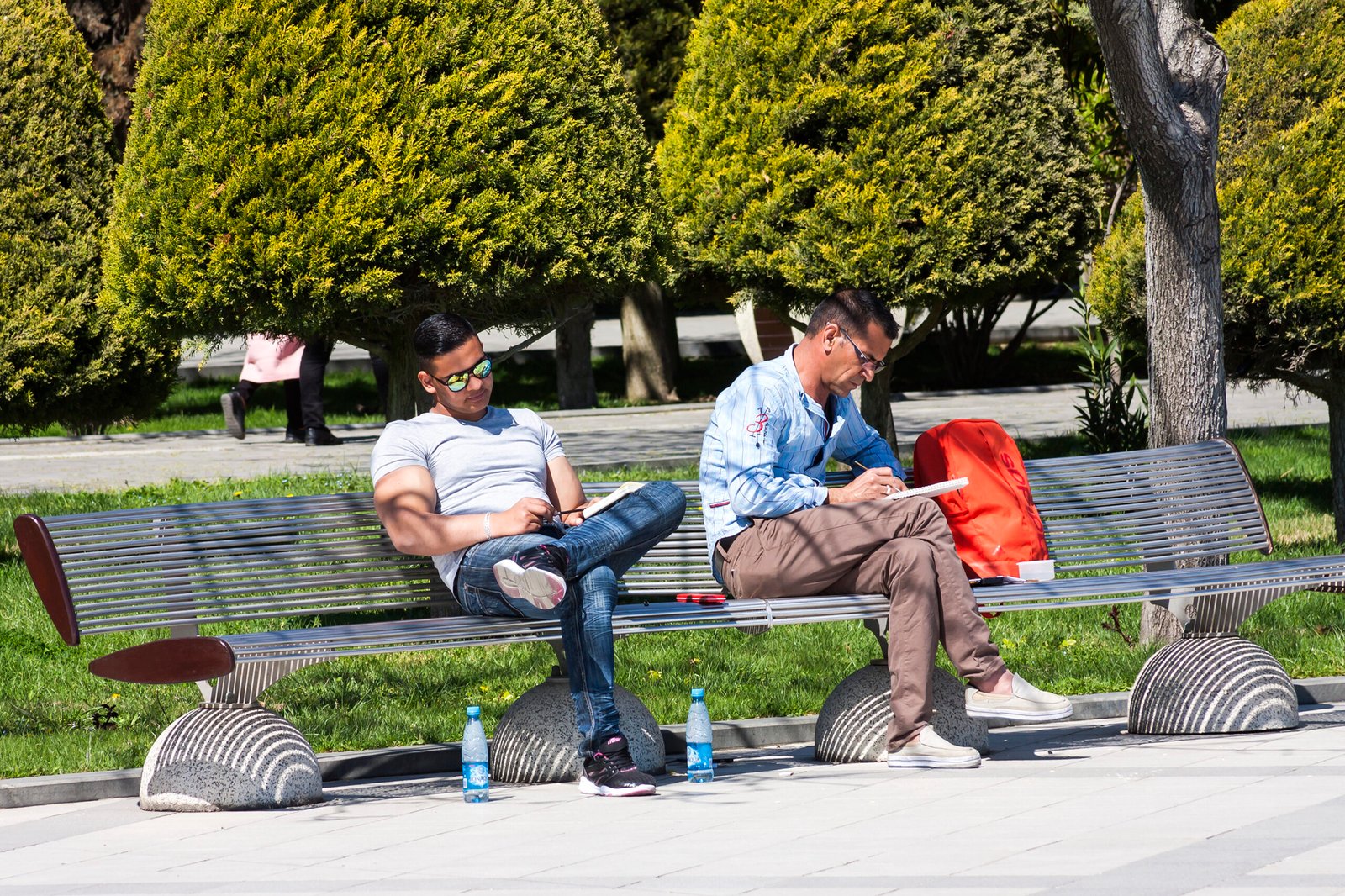Now Reading: The Importance of Situational Awareness in the Wilderness
-
01
The Importance of Situational Awareness in the Wilderness
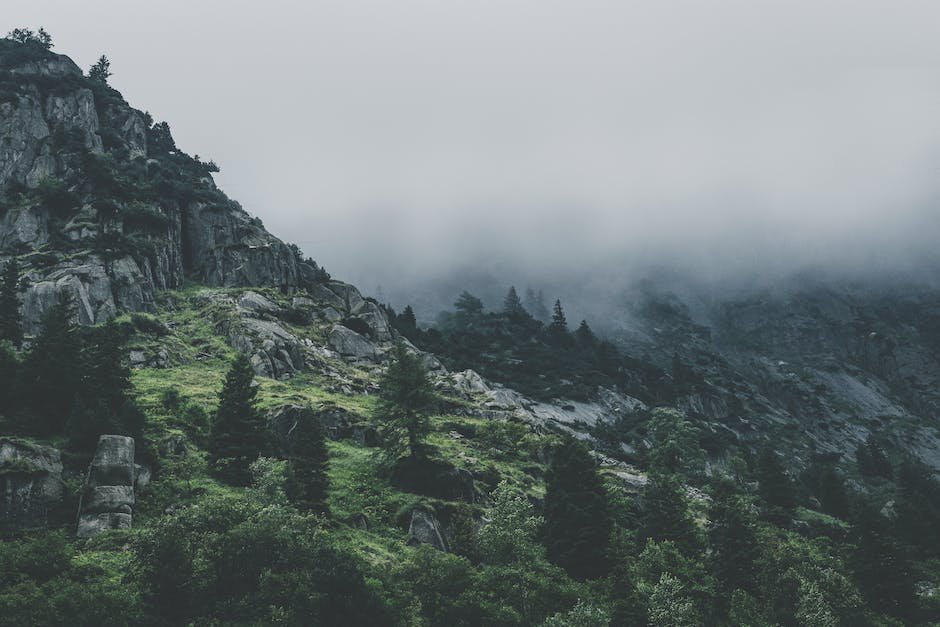
The Importance of Situational Awareness in the Wilderness
Step by step, the hiker maneuvers through the dense undergrowth, their eyes scanning the wilderness with unwavering focus. As the sunlight filters through towering trees, shadows dance on the forest floor, revealing an intricate network of life. In this intricate dance of nature, situational awareness becomes paramount for survival and exploration. Straying from marked trails, venturing into the great unknown, and embracing solitude amidst the wild are cherished pursuits for many outdoor enthusiasts. Yet, the vastness and unconstrained beauty of the wilderness demand a heightened sense of awareness, urging the adventurers to cultivate a unique skillset for navigating the untamed realm. In this article, we delve into the importance of situational awareness amidst the labyrinthine wonders of the natural world, unlocking the key to safety and savoring the magic that lies within.
Table of Contents
- The Importance of Observing Surroundings and Assessing Risks
- Enhancing Decision-Making Skills through Situational Awareness
- Utilizing Nature’s Cues to Stay Safe in the Wilderness
- Developing a Multi-Sensory Approach for Heightened Awareness
- Tools and Techniques for Maintaining Situational Awareness in the Wilderness
- Q&A
- To Conclude
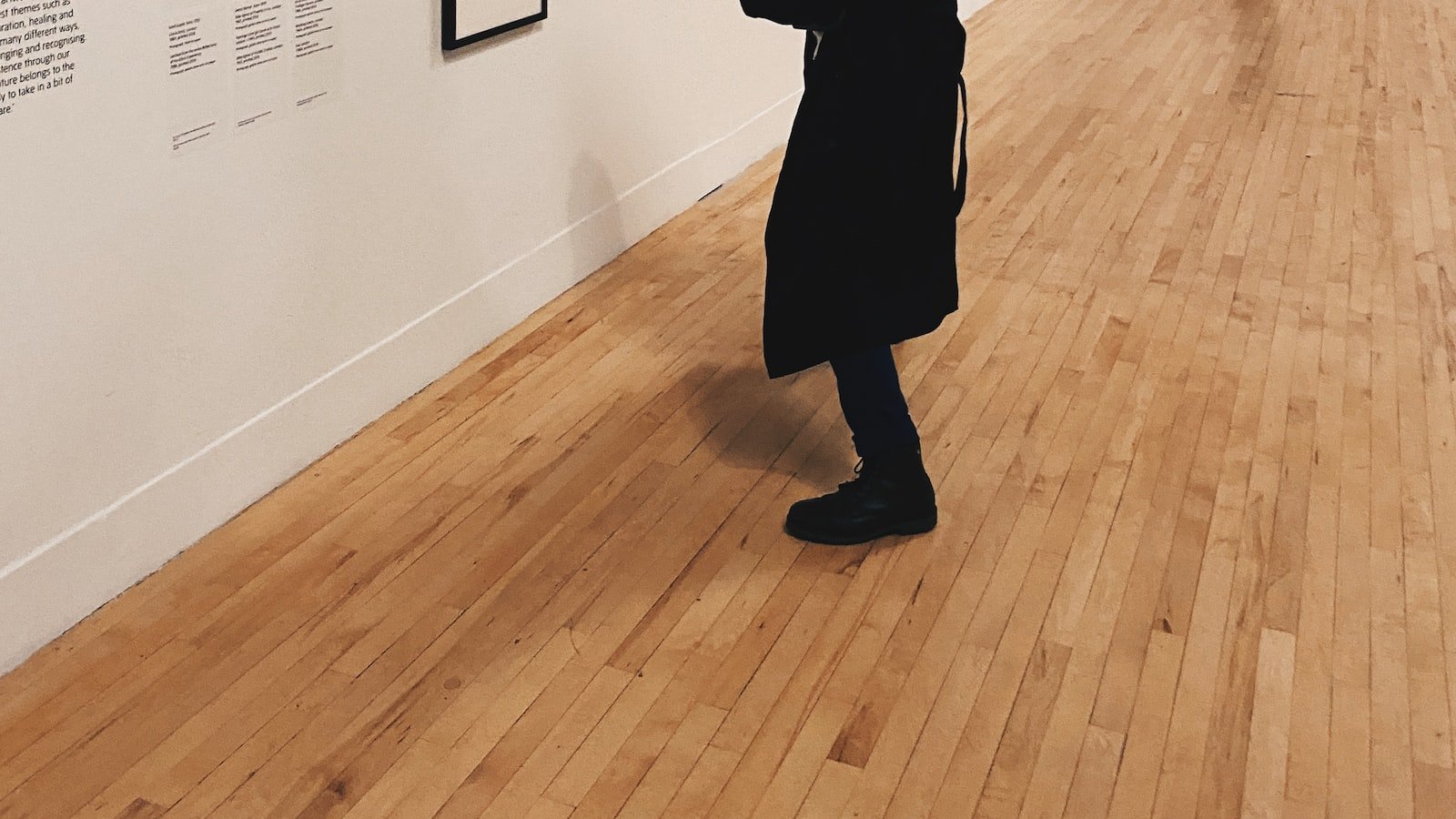
The Importance of Observing Surroundings and Assessing Risks
Observing your surroundings and assessing risks is a fundamental skill that everyone should develop. It allows you to be aware of potential dangers and make informed decisions to protect yourself and others. By actively paying attention to your environment, you can identify any hazards or threats, and take appropriate actions to mitigate them.
Why is it important to observe your surroundings?
- Enhanced safety: Observing surroundings helps you identify potential risks, such as uneven terrain, slippery surfaces, or reckless drivers, and take precautions to avoid accidents.
- Situational awareness: Being mindful of your surroundings enables you to understand the bigger picture and make wise decisions in response to different scenarios.
- Prevention of crime: By keeping watch, you can recognize suspicious individuals or activities and alert the authorities, ensuring the safety of yourself and others.
How to assess risks effectively?
- Stay alert: Minimize distractions and be present in the moment to accurately perceive any potential hazards.
- Evaluate probabilities: Assess the likelihood of risks occurring and prioritize your attention accordingly.
- Consider consequences: Determine the potential impact of each risk and take appropriate measures to prevent or mitigate them.
- Seek guidance when needed: If certain risks are beyond your expertise, consult professionals or experts for proper assessment and guidance.
Remember, observing surroundings and assessing risks is a skill that can be honed with practice. It empowers you to make better decisions, ensures your safety, and contributes to creating a more secure environment for everyone.
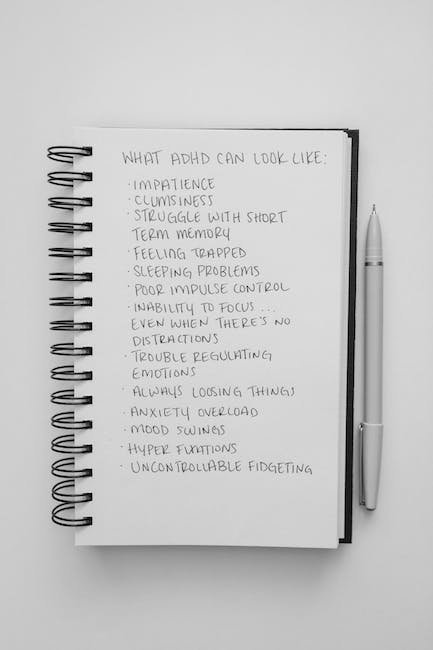
Enhancing Decision-Making Skills through Situational Awareness
Situational awareness is a vital skill that can significantly enhance decision-making abilities in various aspects of life. By staying present in the moment and attuned to our surroundings, we can gather valuable information and analyze it effectively to make informed choices. This skill involves observing, interpreting, and predicting events and actions, enabling us to anticipate potential outcomes and respond proactively.
Here are some ways in which situational awareness can strengthen decision-making skills:
- Increased Observational Skills: Developing situational awareness requires a heightened sense of observation. By actively scanning the environment and paying attention to details, we can gather relevant data that might otherwise go unnoticed. This ability to keenly perceive our surroundings allows us to spot patterns, identify risks, and make critical judgments.
- Enhanced Cognitive Flexibility: Situational awareness fosters cognitive flexibility, enabling us to adapt quickly to changing circumstances. By considering multiple perspectives and possibilities, we can weigh the pros and cons more efficiently, resulting in better decision-making even in complex scenarios.
- Improved Risk Assessment: With situational awareness, we become proficient in assessing potential risks and consequences. By evaluating the context and analyzing the available information, we can prioritize risks and make proactive choices that minimize negative outcomes.
Developing situational awareness is not limited to specific domains; it can benefit professionals in various fields, including business, healthcare, aviation, law enforcement, and everyday life situations. By honing this skill through practice and conscious effort, we can sharpen our decision-making abilities, making us more effective and successful.

Utilizing Nature’s Cues to Stay Safe in the Wilderness
When venturing into the great outdoors, it is crucial to remember that nature has its own way of communicating with us. By learning to interpret these cues, we can enhance our safety and overall experience in the wilderness. Here are a few tips on how to utilize nature’s signals to stay safe:
- Animal Behavior: Keep an eye on the behavior of wildlife around you. Animals often sense danger before we do, so if you notice birds suddenly take flight or hear animals grow silent, it may be a sign of potential danger nearby. Stay alert and avoid venturing further in that direction.
- Weather Clues: Nature provides subtle hints about weather changes if we pay attention. Darkened skies, sudden drops in temperature, or a heavy scent of humidity can indicate an oncoming storm. Similarly, observing the direction of wind or the movement of clouds can help you anticipate changing conditions and make appropriate shelter or navigation choices.
- Plant Knowledge: Familiarize yourself with local plant life. Some plants can serve as indicators of water sources or potential hazards. For instance, growth patterns of certain trees may suggest the presence of a nearby water body, while others could indicate marshy terrain or poisonous vegetation. By understanding the flora, you can make informed decisions to find resources and avoid risks.
Remember, nature is full of hidden signs waiting to be discovered. By honing your observation skills and being attentive to the cues around you, you can navigate the wilderness with greater confidence and stay safe during your adventure!

Developing a Multi-Sensory Approach for Heightened Awareness
involves engaging various senses to deepen our perception and understanding of the world around us. By harnessing the power of sight, sound, touch, taste, and smell, we can unlock a whole new dimension of experiences.
One way to achieve this is by incorporating visual aids that stimulate the eyes and immerse us in our surroundings. This can range from vivid imagery, vibrant colors, and captivating videos that elicit strong emotions or convey complex concepts. By allowing ourselves to truly see, we open ourselves up to the immense beauty and intricacies that often escape our notice.
Additionally, utilizing auditory elements can greatly enhance our awareness. By incorporating calming sounds or invigorating melodies, we create an atmosphere that promotes focus and mindfulness. The soothing rhythm of ocean waves, the gentle rustling of leaves, or the melodic chirping of birds can transport us to a state of heightened awareness, enabling us to fully immerse ourselves in the present moment.
Moreover, involving tactile experiences encourages a deeper connection with our environment. Incorporating textures, such as smooth surfaces, rough textures, or soft fabrics, can awaken our sense of touch and amplify our overall awareness. Letting our fingertips graze different objects, feeling the coolness of water against our skin, or experiencing the warmth of sunlight on our face can all contribute to a richer sensory experience.
To further engage our senses, introducing taste and smell can evoke powerful memories and enhance our awareness. Whether through sampling different flavors, savoring aromatic scents, or experimenting with new cuisines, we unlock another level of sensory exploration. The unique combination of specific tastes and aromas can transport us back in time, evoke emotions, or even provide a fresh perspective on our surroundings.
Incorporating a multi-sensory approach not only heightens our awareness but also enriches our overall experience. By fully embracing the potential of each sense, we unlock a world of untapped knowledge and sensory delight. So, let us embark on this journey together, exploring the limitless possibilities that lie within our senses.
Tools and Techniques for Maintaining Situational Awareness in the Wilderness
Exploring the wilderness can be an exhilarating experience, but it’s important to stay safe and aware of your surroundings at all times. Here are some valuable tools and techniques to help you maintain situational awareness:
- Compass and Map: These traditional navigation tools are essential for orienting yourself and understanding your location in relation to your planned route. Take the time to study your map before setting off and use a compass to confirm your heading.
- GPS Device: While a compass and map are invaluable, a GPS device can provide precise coordinates and real-time tracking of your position. Make sure to bring spare batteries or a portable charger to keep it powered.
- Binoculars: Enhance your ability to spot potential hazards or landmarks from a distance with a pair of binoculars. They are particularly useful when trying to identify distant trails, wildlife, or water sources.
- Trail Markers: Trails can be challenging to navigate in unfamiliar territory, so keep an eye out for markers such as painted blazes on trees, cairns, or signs. These can guide you along the right path and prevent you from getting lost.
- Auditory Awareness: Take advantage of your sense of hearing to maintain situational awareness. Listen for sounds of running water, wildlife calls, cracking branches, or voices that can provide valuable information about your environment.
- Situational Assessment: Regularly pause to assess your surroundings and evaluate potential risks. Look for changes in the weather, shifting terrains, or signs of animal activity, as these can impact your journey.
- Communication Devices: Carry a reliable means of communication like a satellite phone or a personal locator beacon (PLB) for emergencies. However, it’s important to prioritize self-reliance and not solely depend on such devices.
Remember, maintaining situational awareness is crucial for a safe and enjoyable wilderness experience. With the right tools and techniques at hand, you’ll be able to navigate the untamed beauty of nature with confidence.
Q&A
Why is situational awareness important in the wilderness?
Situational awareness is crucial in the wilderness as it allows individuals to identify potential risks, stay alert, and make informed decisions to ensure their safety. It helps prevent accidents, offers a better understanding of one’s surroundings, and aids in navigation.
What are some common hazards that situational awareness can help avoid?
Situational awareness can help avoid hazards such as falling rocks, unstable terrain, wildlife encounters, changing weather conditions, and potential emergencies. By being aware, one can take necessary precautions and react promptly to mitigate risks.
How can one develop situational awareness skills?
Developing situational awareness skills involves actively observing and understanding the environment, paying attention to details, using all senses, and anticipating potential dangers. Practice and experience in outdoor activities can enhance these skills over time.
Are there any specific techniques to improve situational awareness?
Yes, some useful techniques include regularly scanning the surrounding area, identifying potential escape routes, taking note of landmarks or trail signs, constantly assessing the weather conditions, and trusting one’s instincts when something feels off.
Can situational awareness be beneficial for group activities in the wilderness?
Absolutely. Situational awareness is even more crucial during group activities in the wilderness. Each member should be responsible for their own situational awareness while also keeping an eye out for the safety of others, creating a collectively aware and safer environment.
How does the lack of situational awareness affect individuals in the wilderness?
The lack of situational awareness puts individuals at a higher risk of accidents, injuries, getting lost, or encountering dangerous situations such as wildlife encounters or extreme weather conditions without proper preparation. It can compromise overall safety and lead to unforeseen consequences.
Can technology assist in improving situational awareness in the wilderness?
Though technology can aid in situational awareness by providing tools like GPS devices, compasses, or weather apps, relying solely on technology can be risky. It is essential to balance technological assistance with the development of natural sensory and observational skills to ensure effective situational awareness.
To Conclude
As we conclude our exploration of the wilderness and the crucial role of situational awareness, our hearts are filled with awe and gratitude for the untamed beauty that surrounds us. Nature, like a captivating enchantress, invites us to unravel her mysteries while demanding our utmost respect and attentiveness. In this article, we have delved into the profound significance of situational awareness in navigating the wild with finesse and grace.
As you embark on your outdoor adventures, remember that situational awareness is not merely a technique but a mindset that embraces both alertness and mindfulness. It is a tapestry woven with threads of observation, intuition, and preparedness. It is a skill that can save lives and transform a routine outing into an extraordinary journey of self-discovery.
In our exploration, we have uncovered the multifaceted dimensions of situational awareness. From understanding the terrain and weather patterns to decoding the subtle language of wildlife, each piece acts as a vital component in the symphony of survival. By cultivating this ability, we hone our senses to perceive the whispers of the wind, the whispers that guide our steps and ensure our safety.
At its essence, situational awareness fosters harmony with the wilderness itself. It allows us to harmonize our presence with the ebb and flow of nature, ensuring that we leave but a gentle footprint behind. With each passing moment, we learn to interpret the intricate balance of the environment and appreciate the interconnectedness of every living organism.
As adventurers, we are bestowed with the boundless privilege of experiencing the indescribable wonders of nature. Yet, we must be ever mindful of the perils that lie in wait. By cultivating situational awareness, we transform ourselves into guardians of the wild, guardians that are able to tread lightly and leave a legacy of preservation.
So, dear reader, as you set out on your next exploration, remember that situational awareness is your compass, your guardian angel in a world alive with both beauty and danger. Immerse yourself in the song of the wild, be vigilant, and embrace the magic that unfolds around you. May your journeys be filled with wonder and your senses be forever attuned to the whispers of nature’s symphony.
As an affiliate, my content may feature links to products I personally use and recommend. By taking action, like subscribing or making a purchase, you’ll be supporting my work and fueling my taco cravings at the same time. Win-win, right?
Want to read more? Check out our Affiliate Disclosure page.

